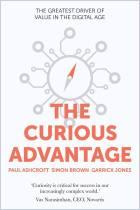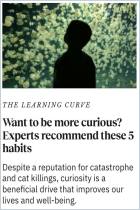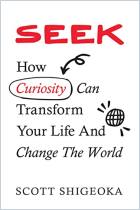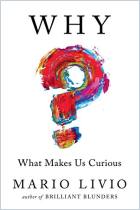Curiosity is good for business. Learning expert Stefaan van Hooydonk offers a concise and lucid guide to building productive curiosity for professionals, in teams and in organizations. The business case for curiosity is well-known – but the author cites additional recent research, plus illustrative cases and anecdotes he draws from his experience as chief learning officer for Flipkart, Cognizant and other organizations. Although his zeal for his subject makes this a bit repetitious, van Hooydonk provides a clear, helpful overview and valuable recommendations.
Learn to be more curious.
Curious people thirst to know more. As a mind-set, curiosity includes a willingness to challenge the status quo, to explore and discover, and to learn. People often regard curiosity as a childlike quality, but studies show that children and adults have about the same levels of inquisitiveness. They differ only in children’s greater willingness to take risks and experience discomfort to pursue knowledge.
You spark your curiosity when you encounter something new and recognize it as such. You then make a quick assessment of your ability to learn more about it without exposing yourself to risk. If you can explore the question and feel safe doing so, acting upon your curiosity follows.
People feel curious about a subject when they already know something about it. A little knowledge stirs curiosity and learning more causes curiosity to grow. Once people feel confident that they’ve learned all they can about a subject, their curiosity wanes. Routine, monotony and stress also dampen curiosity.
Every person has natural curiosity. Some have more than others, and curiosity does seem to have a genetic...
Stefaan van Hooydonk, the former chief learning officer for Cognizant, Flipkart and other leading companies, founded the Global Curiosity Institute. He is also the Dean and cofounder of the Earth Academy.
















Comment on this summary or Iniciar a Discussão